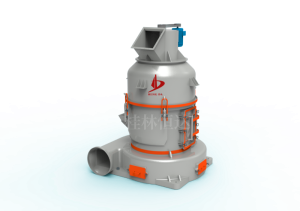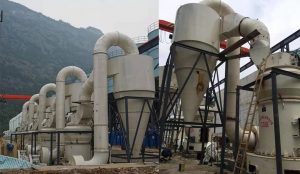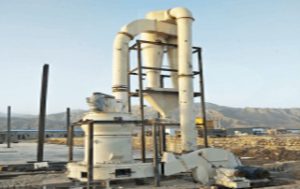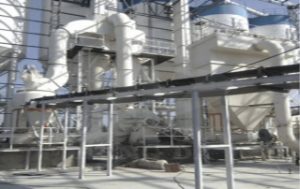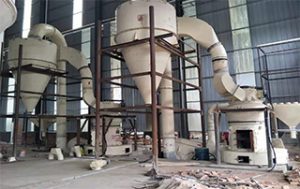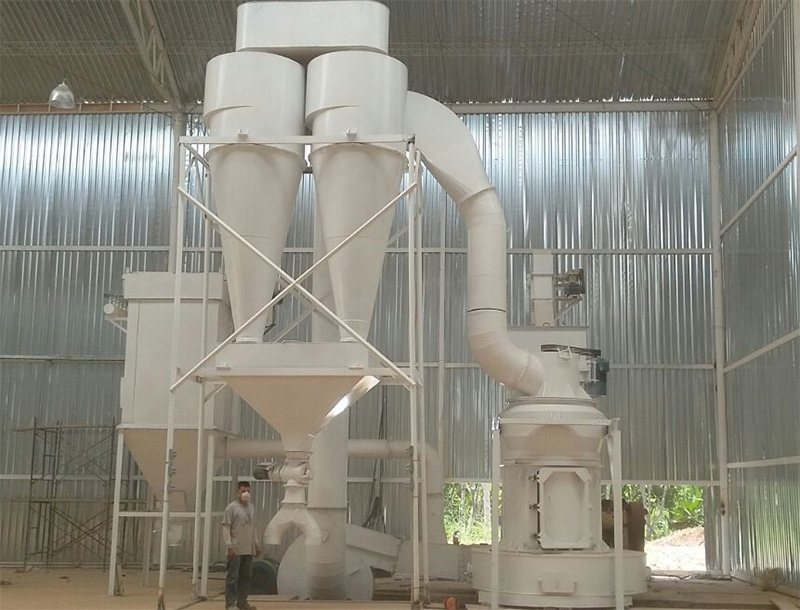In recent 10 years, the average annual growth rate of China’s resource tax revenue is about 27%. In 2015, the resource tax revenue was 103.5 billion yuan, accounting for about 1.8% of the local tax revenue, becoming an important tax source in resource rich areas.
text
Since July 1, 2016, China has fully implemented the ad valorem reform of resource tax. The implementation time of this reform is short, and the impact on various mineral processing industries also needs to be treated differently. We believe that the overall effect will inevitably be ungrounded and even irrelevant without specific minerals. We will treat it separately through local statistical data, so as to play a reference role in the corresponding industry.
If there is a decrease, there is an increase
Guangxi, for example, is rich in various mineral resources. According to the data released by the local department of finance last November, the tax burden of enterprises has generally decreased. The data show that from August to October, Guangxi’s resource tax revenue was 321.47 million yuan. If calculated according to the tax burden rate before the reform, the resource tax payable was 389.85 million yuan, reducing the tax burden for taxpayers by 68.38 million yuan, a decrease of 17.54%.
However, we have also noticed that the tax burden of barite, calcite and refractory clay (kaolin, bauxite and montmorillonite) has increased, and the specific increase needs to be followed up. Calcium carbonate and barium sulfate are the most widely used non mineral powders; Refractory clay is closely related to downstream industries such as ceramics. It is necessary for these powder related industries to recognize the reality in order to take the initiative to make a correct response.
Understand the preferential policies
Make full use of the preferential policies of tax reduction and exemption. Generally speaking, the relief objects are mainly divided into three categories: first, qualified filling mining, encourage enterprises to improve the recovery rate of resource mining, avoid mining area collapse and protect the local ecological environment; The second is to reduce the tax burden of old mines in the depletion period; The third is the comprehensive utilization of minerals, such as low-grade ores, waste rocks, tailings, waste residue, waste water, waste gas and other extracted mineral products.
